Progress Around Fire Risk Map! Participants Ask for Communication
Well, it was easy to predict, perhaps, but unfortunate nevertheless. The Oregon Department of Forestry received a threat of violence over meetings planned to discuss requirements meant to make the state safer from wildfire.
Threats of violence prompted state officials Tuesday to cancel a public meeting in Grants Pass addressing Oregon’s new fire risk map, while a meeting scheduled in Medford the following day moved online – this latter because Jackson County Library was co-opted into a cooling station.
“Shortly after we announced the meetings, there was a phone message in Grants Pass threatening violence,” said Derek Gasperini, public affairs officer for the Oregon Department of Forestry. “The police looked into it and considered it concerning, so we decided to cancel the meeting out of an abundance of caution.”
But the ODF, faced with controversy and weather, forged ahead. Wednesday’s information session was held to great interest, with 900+ participants. “The safety of the communities we serve and our employees is our top priority. We want the opportunity to talk with people about their concerns and questions about the wildfire risk map,” ODF said in a news advisory Tuesday.
The fire map, and meetings about it, were spurred by Senate Bill 762, which was passed in the wake of the deadly Labor Day fires in 2020. The searchable map shows the wildfire risk of properties across the state. Anyone can plug in an address and see where the property falls on a risk spectrum. The map is a collaboration that involved ODF, the U.S. Forest Service and Oregon State University as part of SB 762. State officials knew the new fire maps, along with new building codes and other measures that may be required of property owners in fire-prone areas, would be controversial, but they didn’t expect to be physically threatened.
“I think ODF understands the frustration and concern, but we never anticipated there would be threats of violence to our staff or the staff of OSU over the release of the map,” Gasperini said. In spite of the threats, Gasperini said, ODF plans to reschedule the in-person meetings in southwest Oregon, possibly the week after next.
Property owners in the high and extreme risk areas of the new fire map have received written notice from ODF indicating their property’s risk class and whether it’s in the wildland-urban interface. The notices say they may be subject to future defensible space or building code requirements and how to find information about those requirements.
The Wednesday information session included a presentation about the map’s function and purpose, how wildfire risk is assessed and how property owners can appeal their assigned risk class. The Q&A was informative and for the most part positive, with, as Senator Jeff Golden advised, “respectful dialogue. Some people did express concern that “wildfire management has become an owner’s problem.”
Others stressed that they would like site visits because they have managed their properties more effectively than perhaps others in their community. Others questioned the communication. For example, one participant said that she considers herself news and wildfire savvy but only heard about the map a week ago.
As Golden and others pointed out, this is merely a first step. If the long-term goal is fire safety and better data for our communities and families, this is worth the speed bumps along the way. Threats of violence and provocation have no place in this process. The wildland-urban interface and statewide wildfire risk map is available through the Oregon Explorer (https://tools.oregonexplorer.info/OE_HtmlViewer/index.html?viewer=wildfire).
